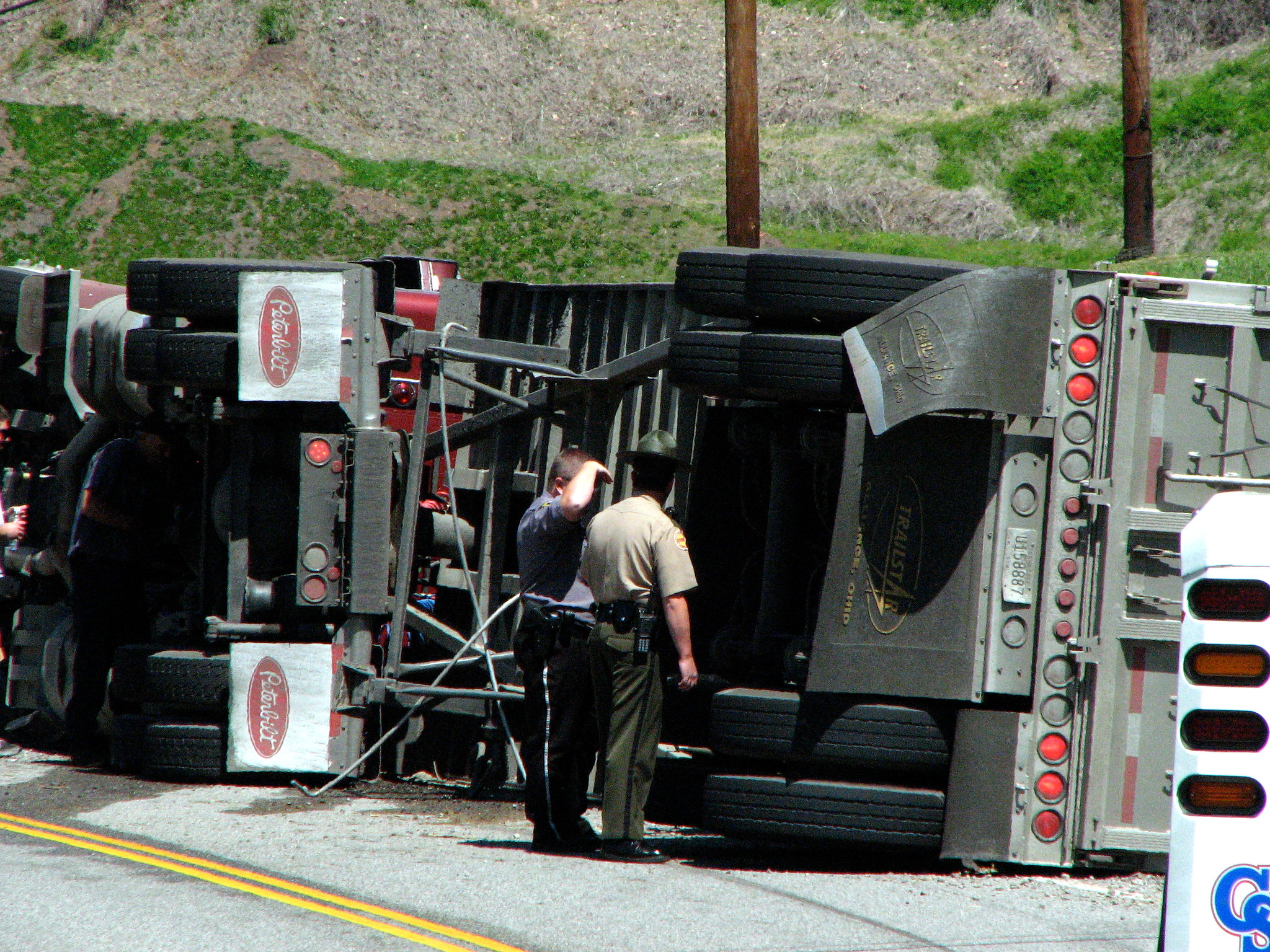Through a combination of strict regulations, industry cooperation, and technological advancements, Connecticut is setting a benchmark for managing the challenges posed by large vehicle transports.
In the bustling state of Connecticut, roads and highways are arteries of commerce and daily life. However, these crucial pathways face threats from oversized and overweight trucks that can cause accidents and significant damage to infrastructure.
Recognizing this challenge, Connecticut has implemented rigorous regulations aimed at ensuring road safety and preserving its infrastructure, thus safeguarding both its residents and economic interests.
Overview of Connecticut’s Regulations
The regulatory framework in Connecticut is spearheaded by the Connecticut Department of Transportation (CTDOT), which oversees the issuance of permits for oversized and overweight vehicles. These permits are granted after a thorough assessment to ensure that the transportation of heavy loads doesn’t compromise public safety or infrastructure.
The system is designed to be stringent yet flexible, accommodating necessary large-scale transports while enforcing strict compliance with safety standards.
Safety Measures and Requirements
Connecticut mandates several safety measures for the operation of oversized and overweight trucks. These include the use of special flags, lights, and signs to enhance visibility, alongside requirements for pilot or escort vehicles under certain conditions.
Furthermore, restrictions on travel times and designated routes are imposed to minimize the impact on traffic flow and road safety. These precautions are pivotal in mitigating the risks associated with transporting large and heavy loads on public roads.
Truck Size and Weight Limits in Connecticut
In conformity with the detailed statutes provided by the Connecticut General Statutes, including sections 14-261 to 14-270, Connecticut enforces specific limits on the size and weight of vehicles operating within the state to maintain the safety and integrity of its infrastructure:
Size Limits:
- Single unit vehicle: Maximum length of 45 feet.
- Tractor and a 48′ semitrailer combination: No overall length limit, but the trailer is limited to 48 feet in length.
- Tractor and a twin 28′ trailer combination: No overall length limit, but each trailer is limited to 28 feet in length.
- Tractor and a 53′ semi-trailer combination: No overall length limit, but the semitrailer is limited to 53 feet in length. Additionally, the distance between the kingpin and the center of the rearmost axle on the semitrailer must not exceed 43 feet.
Weight Limits:
- Maximum width: 102.37 inches (approximately 8 feet 6 inches).
- Maximum height: 13 feet 6 inches.
- Maximum weight practicable: 80,000 pounds on a 5-axle vehicle with a span of 51 feet between the first and last axle.
- Axle weights: 18,000 pounds per axle if axles are spaced less than 6 feet apart, or 22,400 pounds per axle if spaced 6 feet or more.
- Single unit vehicle: Varies from 32,000 to 40,000 pounds, depending on axle count and wheelbase, with a maximum of 53,800 pounds for vehicles with three axles, scaling up to 73,000 pounds for vehicles with 4 or 5 axles meeting specific conditions.
Impact on Road Safety

The effectiveness of Connecticut’s regulations can be seen in the reduction of accidents involving oversized and overweight trucks.
By enforcing stringent criteria for these vehicles, the state has significantly lowered the incidence of collisions and rollovers, thereby enhancing overall road safety. These measures have not only saved lives but also reduced the economic costs associated with traffic accidents.
Protection of Infrastructure
One of the primary motivations behind regulating oversized and overweight trucks is the protection of infrastructure. Excessive weight and improper loading can cause severe damage to roads and bridges, leading to expensive repairs and long-term consequences for structural integrity.
By setting and enforcing weight limits, Connecticut ensures that its infrastructure remains safe and functional, supporting the state’s economy and quality of life.
Conclusion
Connecticut’s commitment to regulating oversized and overweight trucks underscores the state’s dedication to road safety and infrastructure protection.
Through a combination of strict regulations, industry cooperation, and technological advancements, Connecticut is setting a benchmark for managing the challenges posed by large vehicle transports. It serves as a call to action for all stakeholders to uphold these standards, ensuring that the roads remain safe and the infrastructure resilient for generations to come.
Victims of truck accidents can seek compensation for their losses through personal injury claims, with legal recourse being available for both individuals and infrastructure owners. A skilled attorney for a truck accident can aid in pursuing justice and securing the appropriate compensation.


Join the conversation!